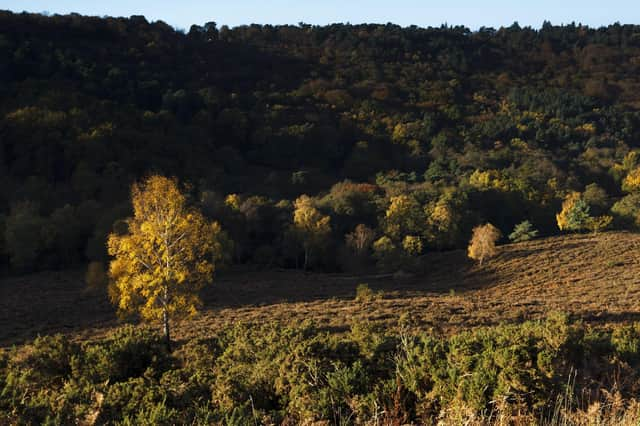Greenhouse gas crisis in Wakefield new figures reveal


Environmental campaigners warn that years of deforestation has left areas of the UK lacking in “one of its biggest natural allies” in the fight against climate change.
Trees absorb carbon dioxide – the main greenhouse gas – from the air and convert it into wood and oxygen in a process known as carbon sequestration.
Advertisement
Hide AdAdvertisement
Hide AdData from the Department for Business, Energy and Industrial Strategy reveal that woodland in Wakefield sequestrated 0.5 tonnes of CO2 per hectare in 2017 – the latest available figures.
It means trees in the area captured an estimated 15,600 tonnes of carbon, according to that year’s land size.
Different data from the BEIS department shows Wakefield emitted two million tonnes of CO2 in the same year, meaning trees would have absorbed just 0.8 percent of the carbon released into the air in 2017.
Trees campaigner at Friends of the Earth, Emi Murphy, said: “Decades of woodland destruction has left us severely lacking in one of the biggest natural allies in the fight against climate breakdown.
Advertisement
Hide AdAdvertisement
Hide Ad“Growing and maintaining more woodland is a key part of tackling the climate and nature emergency.”
A Defra spokesman said: “Forests and woodlands are vital for capturing carbon and improving the environment for the next generation, which is why our ambitious environmental programme puts tree planting at its heart. We have also announced the £640m Nature for Climate Fund to increase tree planting across the UK to 30,000 hectares per year by 2025.”